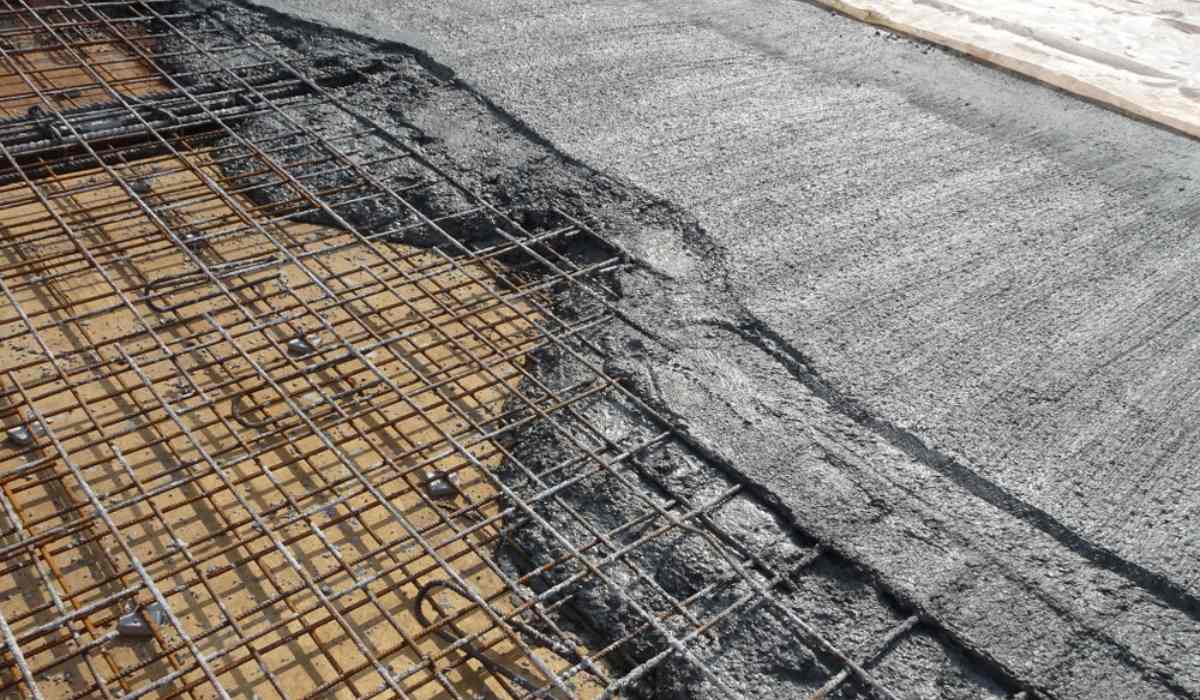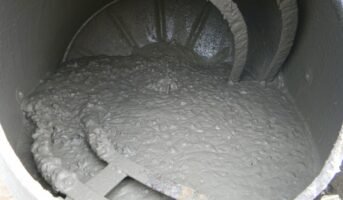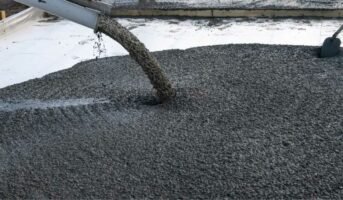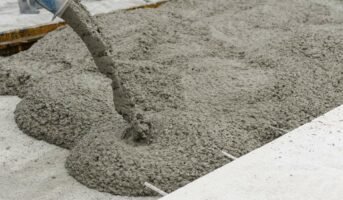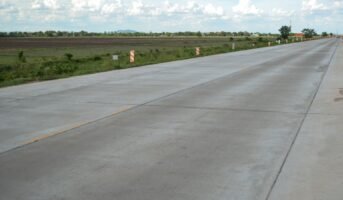Reinforced concrete is one of the most widely used building materials in the construction industry. It is a combination of concrete and steel reinforcement that creates a durable, strong and versatile material for building structures. Reinforced concrete has a rich history dating back to the 19th century. Over the years, it has been developed and improved to become one of the most popular building materials today.
In this article, we will delve into the world of reinforced concrete, exploring its history, design and analysis, construction techniques, and maintenance and durability. We will also discuss the different types of reinforced concrete structures and the important role it plays in the construction industry.
See also: Grade of concrete: Types, uses and how to choose
Reinforced concrete: What is it?
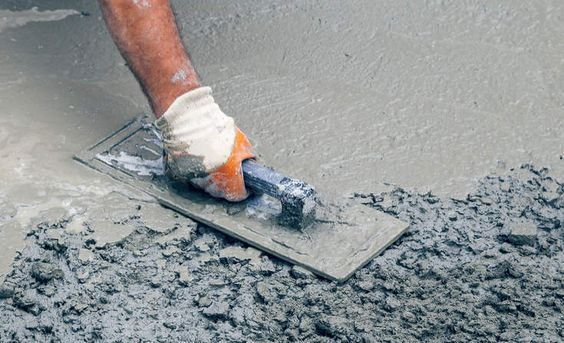
Source: Pinterest
Reinforced concrete is a composite building material made up of concrete and steel reinforcement. The steel reinforcement is placed within the concrete to provide additional strength and stability to the structure, particularly under tension. Compared to concrete alone, the combination of concrete and steel reinforcement offers improved durability and resistance to cracking and other types of structural damage.
Reinforced concrete: Types
Reinforced concrete structures come in a variety of shapes, sizes, and configurations, and are used in many different applications. Some common types of reinforced concrete structures include:
- Building structures: This includes residential and commercial buildings, high-rise structures, and multi-story structures.
- Bridges: Reinforced concrete bridges can be designed for both short and long spans and are used for a variety of transportation modes, including cars, trains, and pedestrian traffic.
- Dams: Reinforced concrete dams are used for water storage, hydropower generation, and flood control.
- Industrial structures: This includes silos, tanks, and chimneys.
- Retaining walls: These are used to hold back soil or water and can be designed for a variety of purposes, including preventing landslides, supporting roads or bridges, and creating terraced landscapes.
- Parking structures: Reinforced concrete is commonly used for the construction of multi-level parking garages, both above and below ground.
- Marine structures: Reinforced concrete is used for the construction of harbour walls, jetties, and breakwaters.
Reinforced concrete: Benefits and advantages
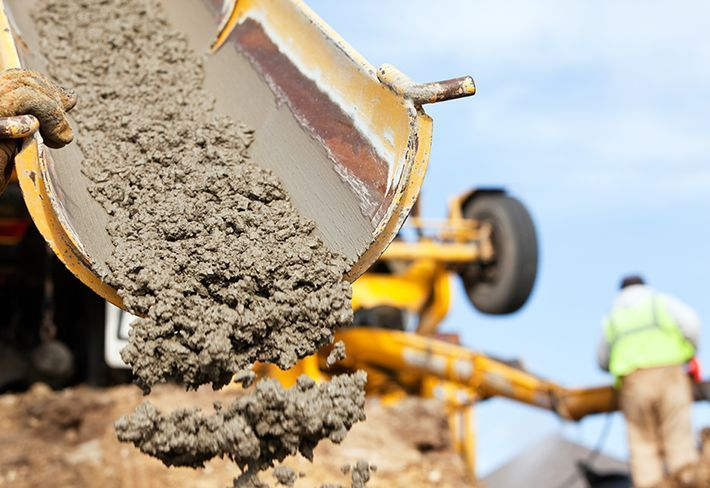
Source: Pinterest
Reinforced concrete is a composite material that combines concrete and steel reinforcement. It is widely used in the construction of buildings, bridges, and other structures because of its many benefits and advantages, which include:
- Durability: Reinforced concrete is extremely durable and has a long service life. It can withstand fire, weathering, and other environmental factors and resist damage from chemical and biological agents.
- Strength: The combination of concrete and steel reinforcement results in a material with high strength and stiffness, which can support heavy loads and resist bending and cracking.
- Fire resistance: Reinforced concrete has good fire resistance, which makes it ideal for use in buildings where fire safety is a concern.
- Cost-effective: Reinforced concrete is a cost-effective construction material, especially when compared to other materials such as steel or masonry.
- Versatility: Reinforced concrete can be moulded into different shapes and sizes to suit a wide variety of construction needs, making it suitable for use in a wide range of structures and applications.
- Sustainability: Reinforced concrete can be made using locally sourced materials and can be recycled or reused at the end of its service life, making it an environmentally friendly construction material.
- Rapid construction: Reinforced concrete structures can be constructed quickly, which can reduce construction time and speed up the completion of projects.
Reinforced concrete: Design and analysis

Source: Pinterest
Reinforced concrete design and analysis is a field of structural engineering concerned with the design and construction of reinforced concrete structures. The goal of reinforced concrete design is to create structures that are safe, efficient, and economical. This is achieved by combining concrete and reinforcement steel in a way that takes advantage of the strengths of each material.
The design process for reinforced concrete structures typically involves several steps:
- Load and resistance factor design (LRFD): This involves determining the loads that the structure will be subjected to and using these loads to determine the required strength of the reinforcement steel and concrete.
- Material selection: The type and properties of the concrete and reinforcement steel used in the structure must be chosen based on the required strength and other design considerations.
- Structural analysis: A structural analysis is performed to determine the behaviour of the structure under the loads that it will be subjected to. This typically involves creating a mathematical model of the structure and solving for the forces and deformations that occur.
- Design of reinforcement: Based on the results of the structural analysis, the design of the reinforcement is developed. This involves determining the size, shape, and placement of the reinforcement steel required to ensure that the structure will have the desired strength and stiffness.
- Detailing: Detailing involves creating detailed drawings and specifications for the reinforcement and concrete components of the structure. This includes specifications for the size, shape, and spacing of the reinforcement steel and the mix design for the concrete.
FAQs
What is reinforced concrete?
Reinforced concrete is a composite building material that is made up of concrete and reinforcement materials, typically steel bars or mesh. The reinforcement provides additional strength and durability to the concrete, making it suitable for use in a wide range of construction applications.
How is reinforced concrete made?
Reinforced concrete is typically made by pouring concrete into a form, which is then reinforced with steel bars or mesh. The steel reinforcement is placed in the form before the concrete is poured, and the two materials are allowed to bond together as the concrete hardens.
What are the advantages of using reinforced concrete?
Reinforced concrete has a number of advantages over other building materials. It is highly durable and can withstand a wide range of environmental factors, including moisture, temperature changes, and seismic activity. It is also highly resistant to fire and can provide excellent sound insulation. Additionally, reinforced concrete can be moulded into a wide range of shapes and sizes, making it highly versatile for use in a range of construction applications.
What are some common applications for reinforced concrete?
Reinforced concrete is used in a wide range of construction applications, including building foundations, walls, floors, bridges, and dams. It is also used for various types of infrastructure, such as water treatment plants, sewage systems, and transportation tunnels. In addition, reinforced concrete is used for a variety of decorative and architectural applications, such as sculptures, fountains, and ornamental facades.
| Got any questions or point of view on our article? We would love to hear from you.
Write to our Editor-in-Chief Jhumur Ghosh at [email protected] |
Housing News Desk is the news desk of leading online real estate portal, Housing.com. Housing News Desk focuses on a variety of topics such as real estate laws, taxes, current news, property trends, home loans, rentals, décor, green homes, home improvement, etc. The main objective of the news desk, is to cover the real estate sector from the perspective of providing information that is useful to the end-user.
Facebook: https://www.facebook.com/housing.com/
Twitter: https://twitter.com/Housing
Email: [email protected]
